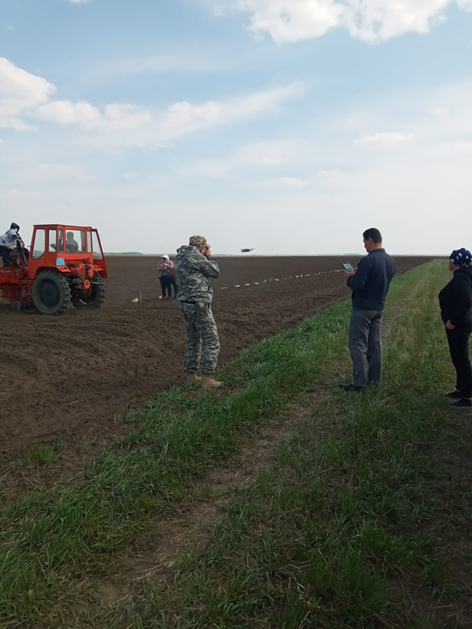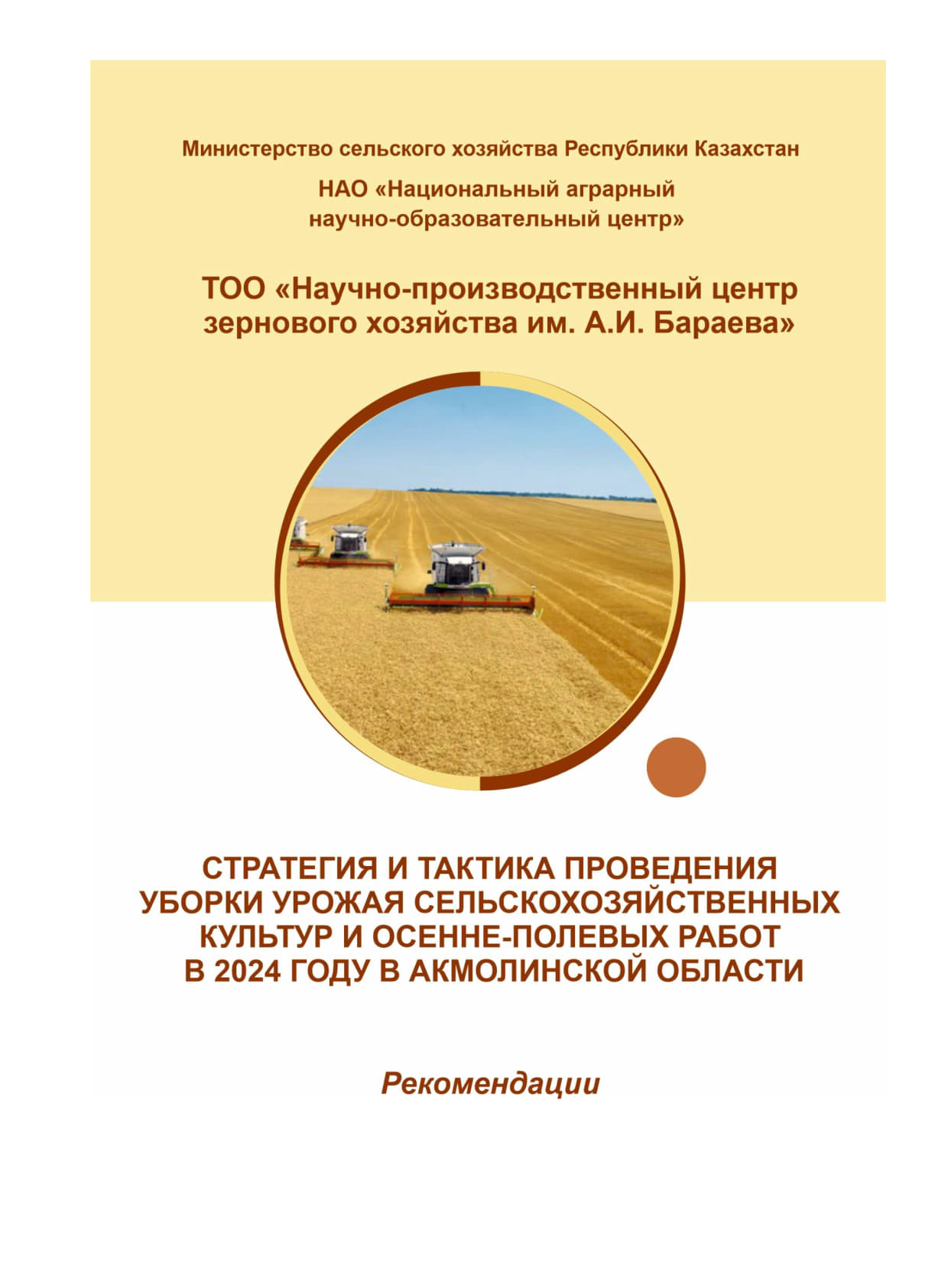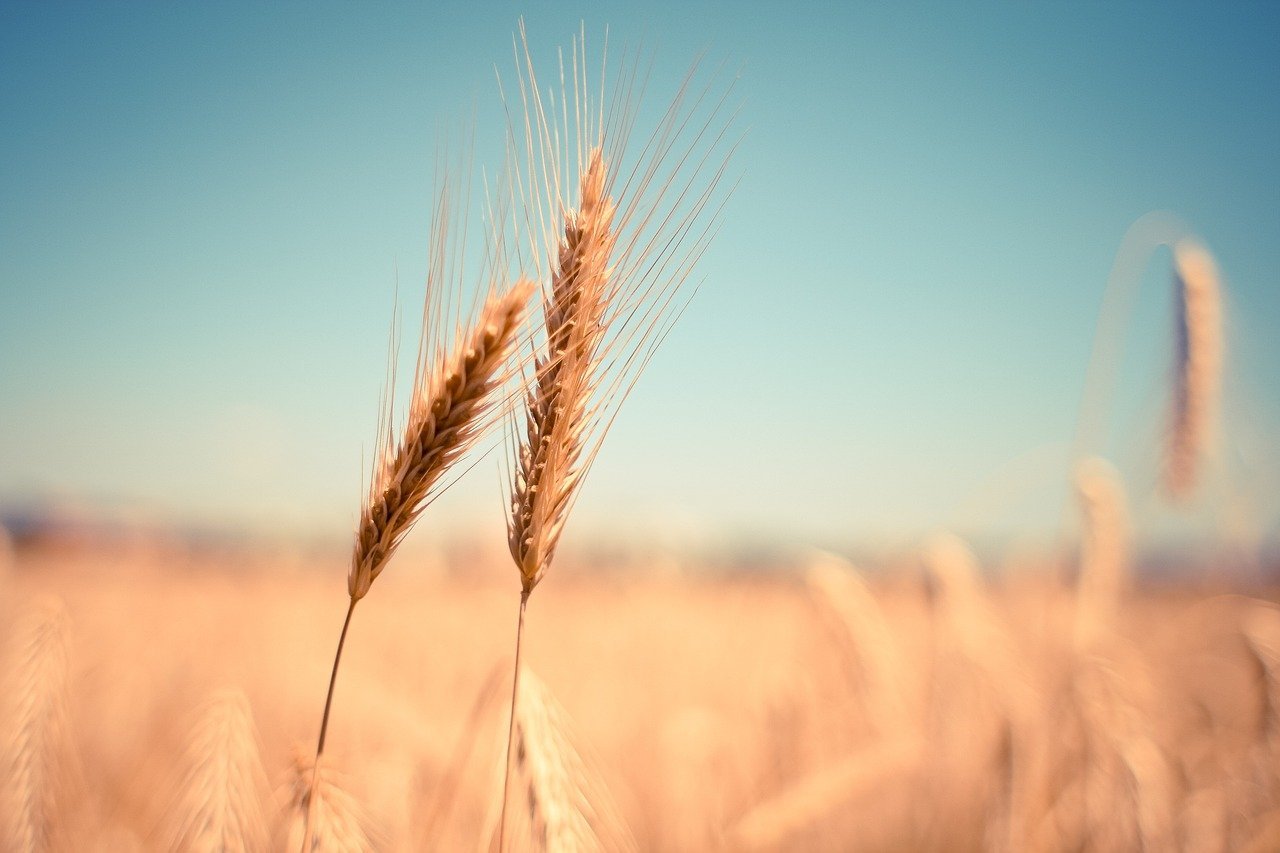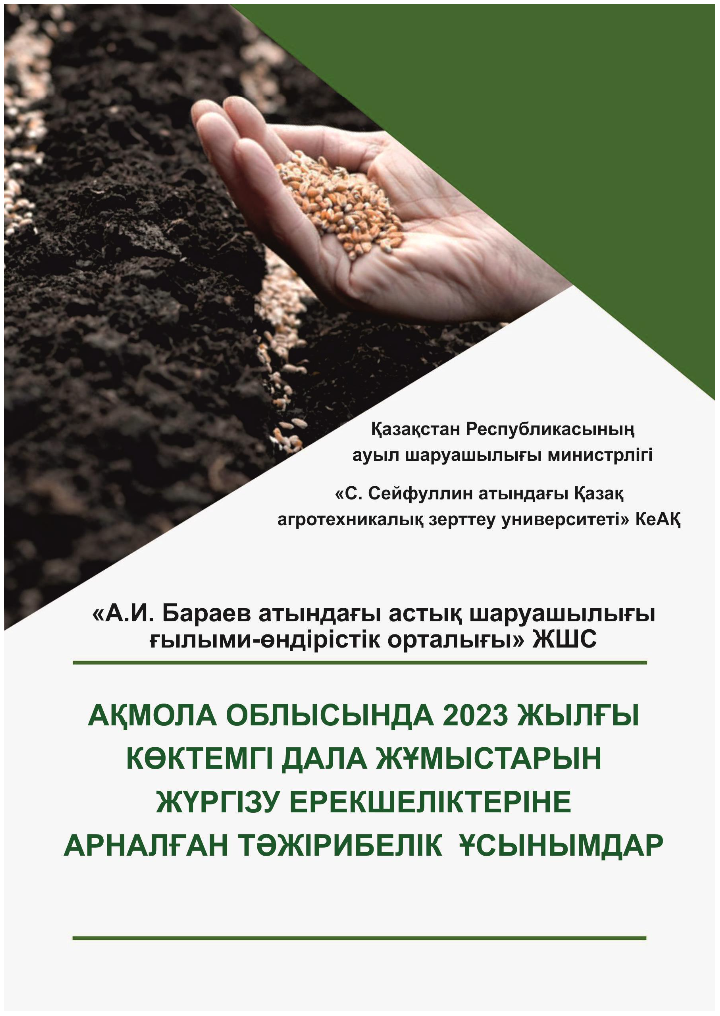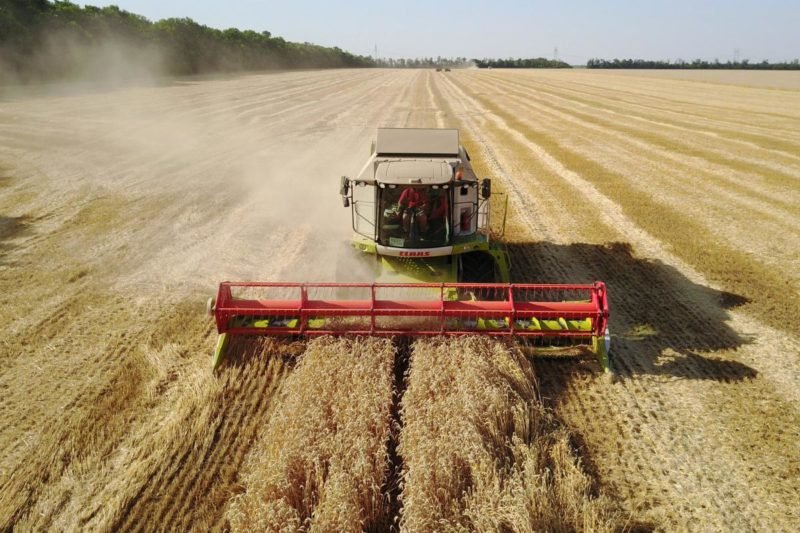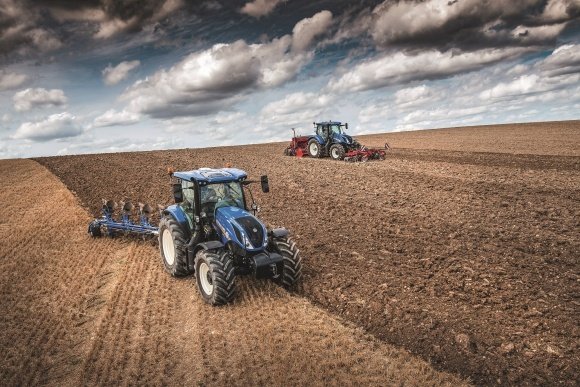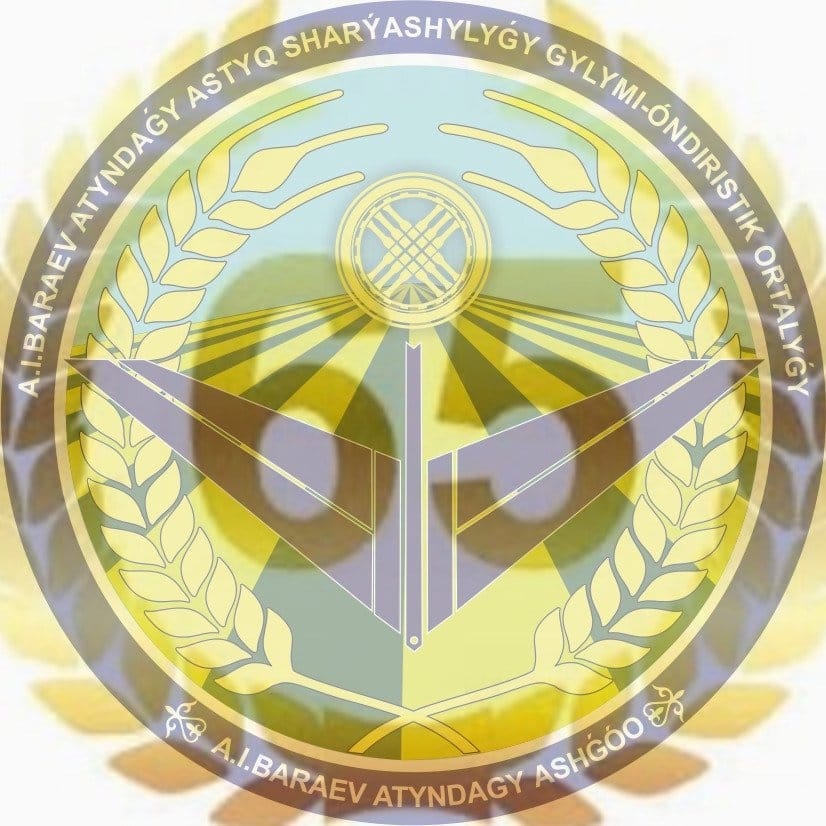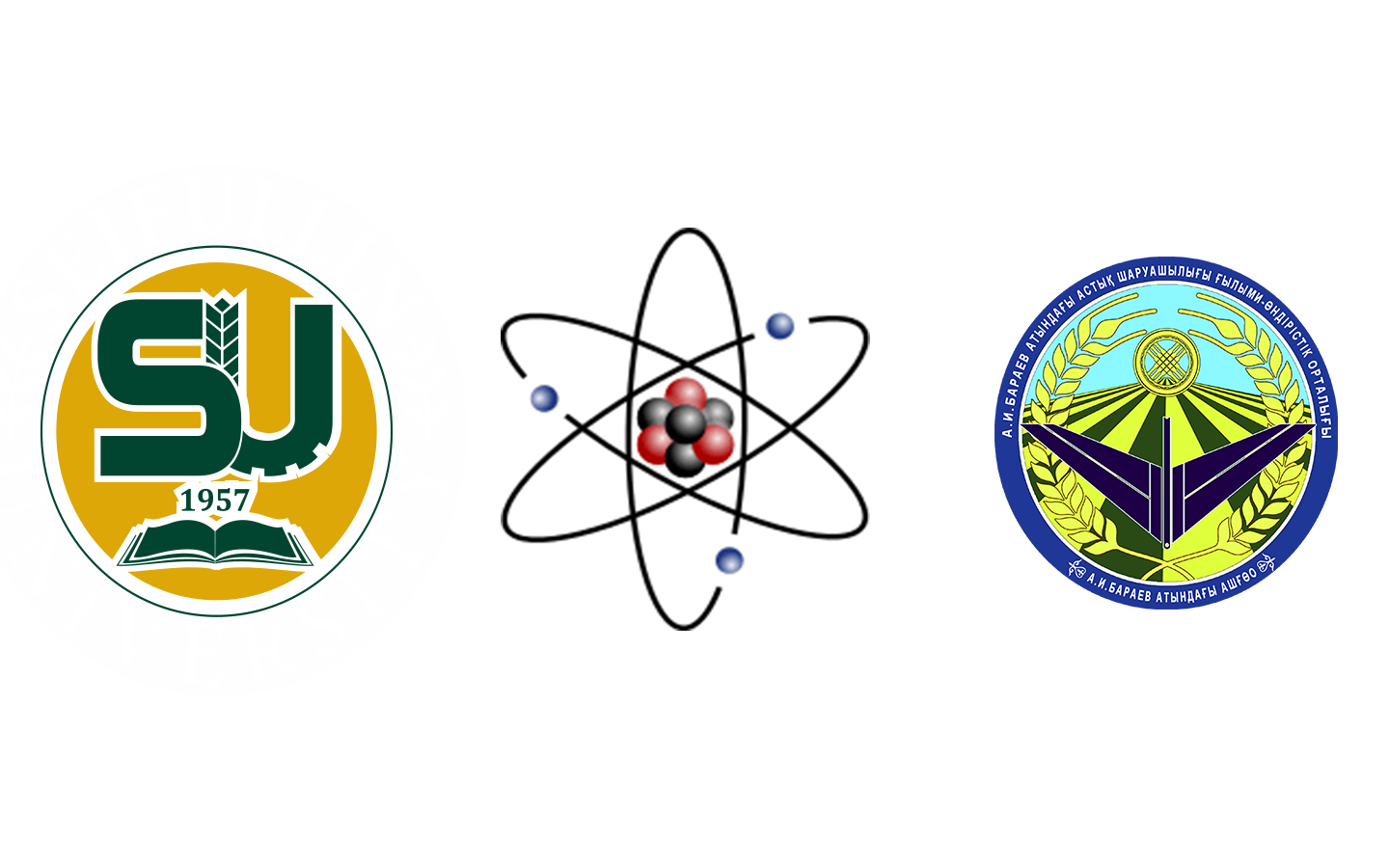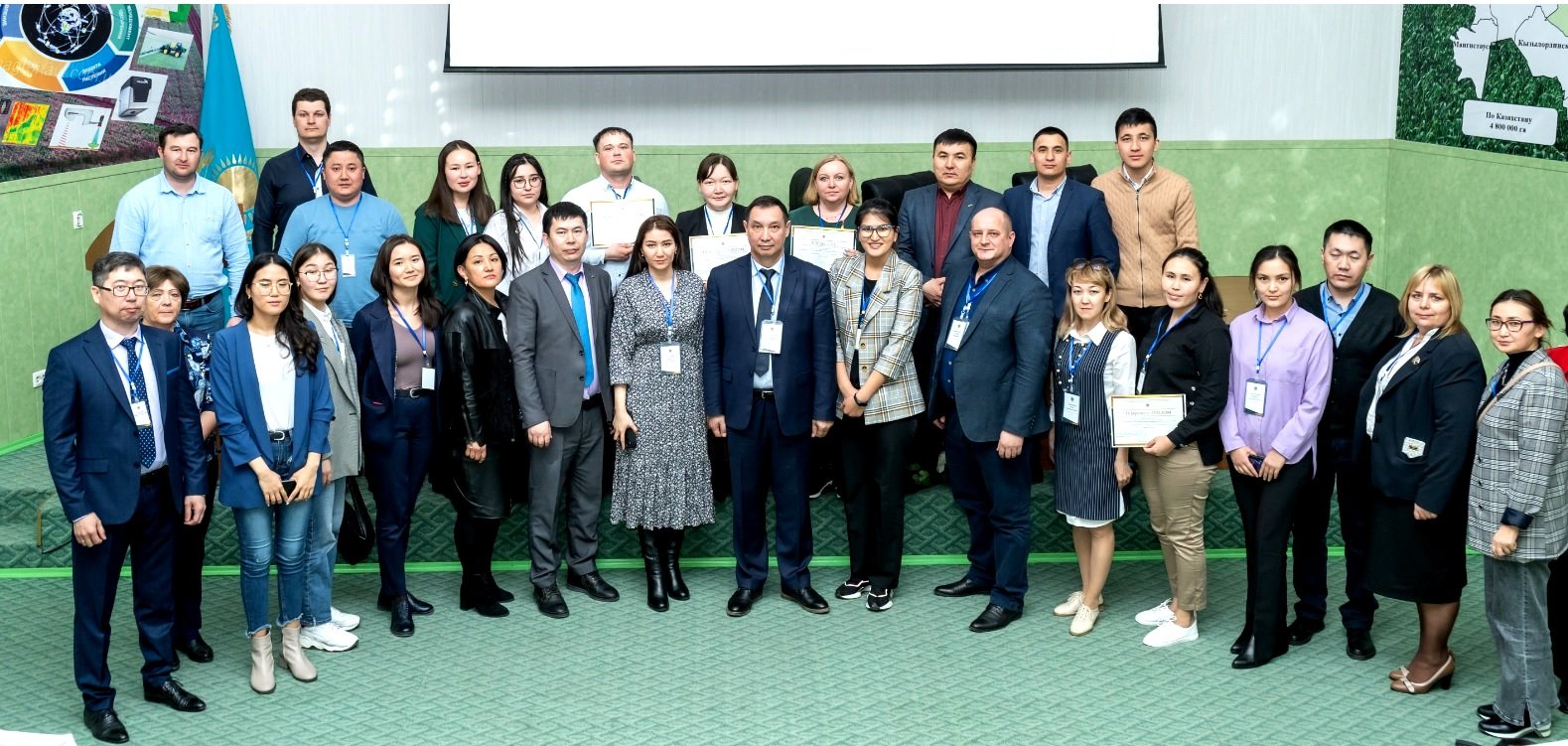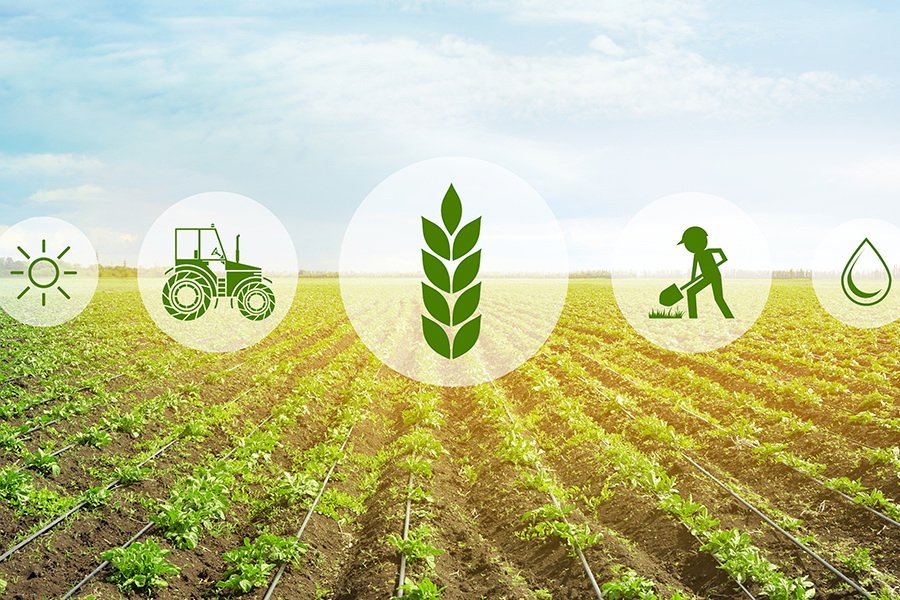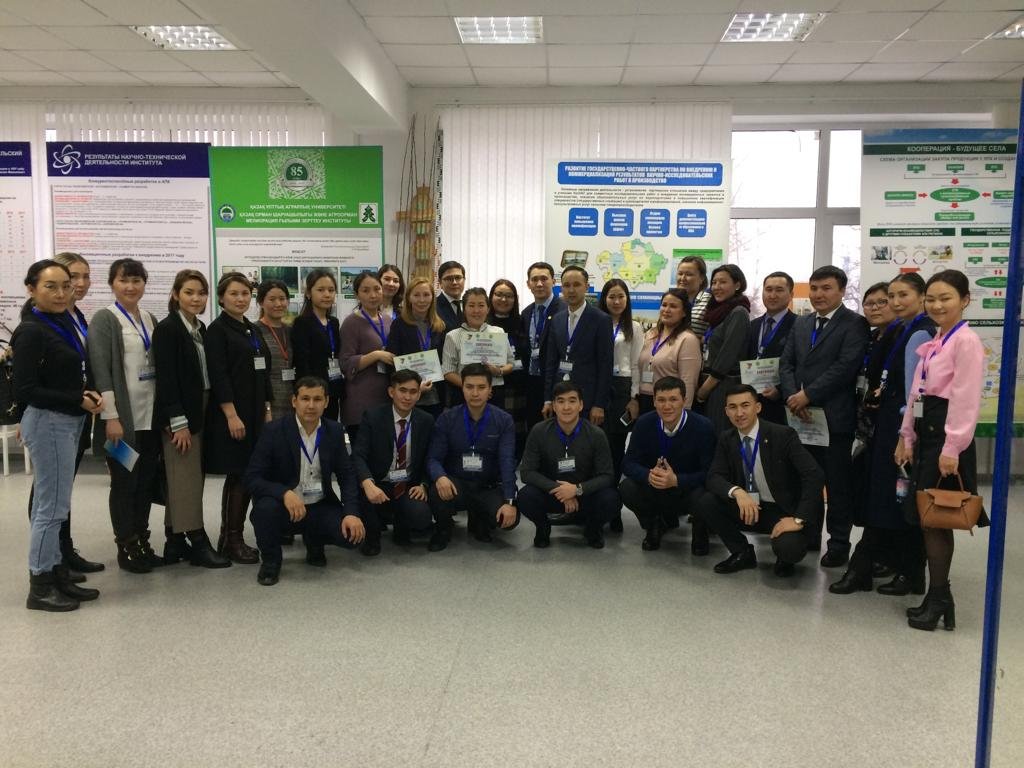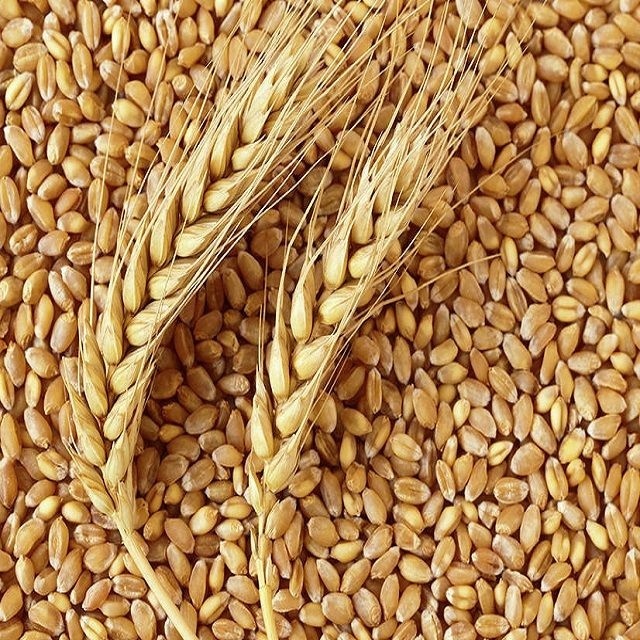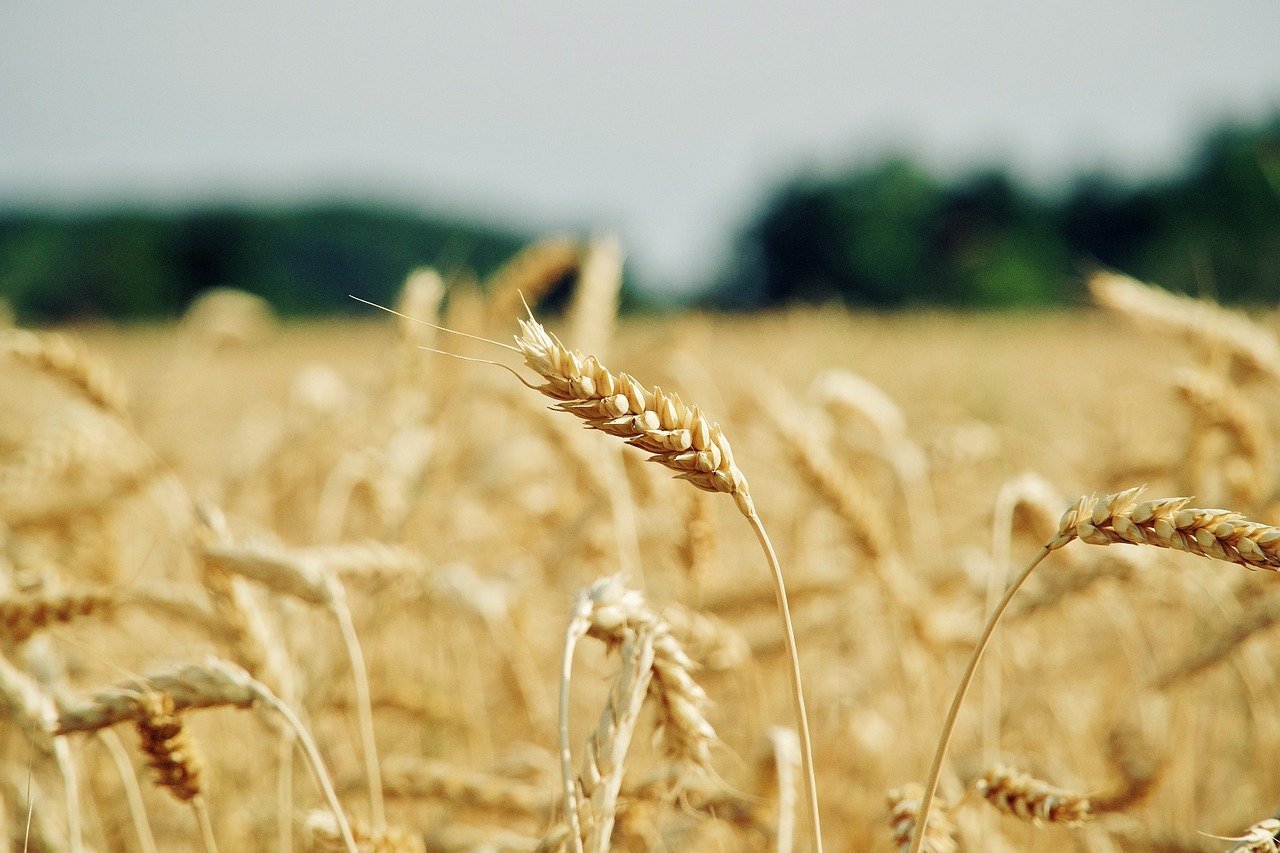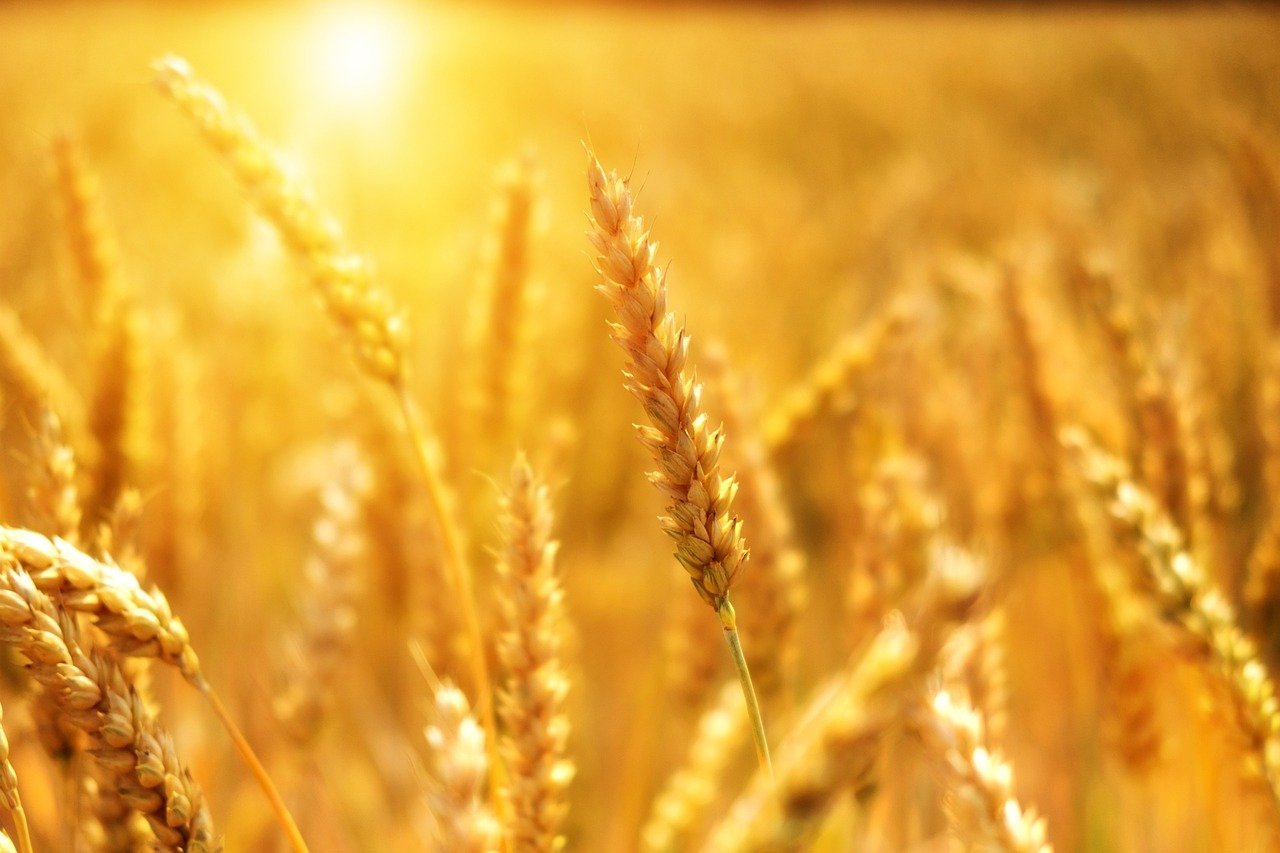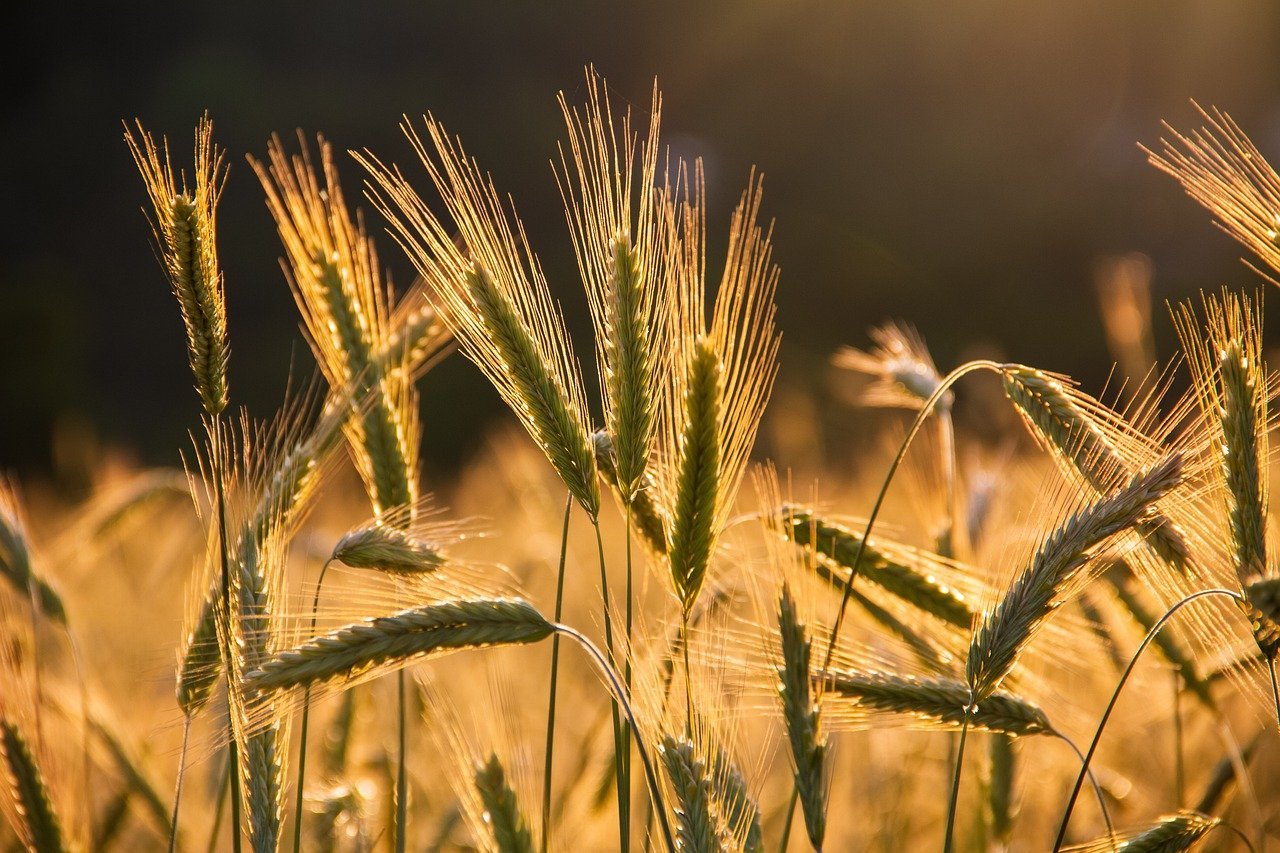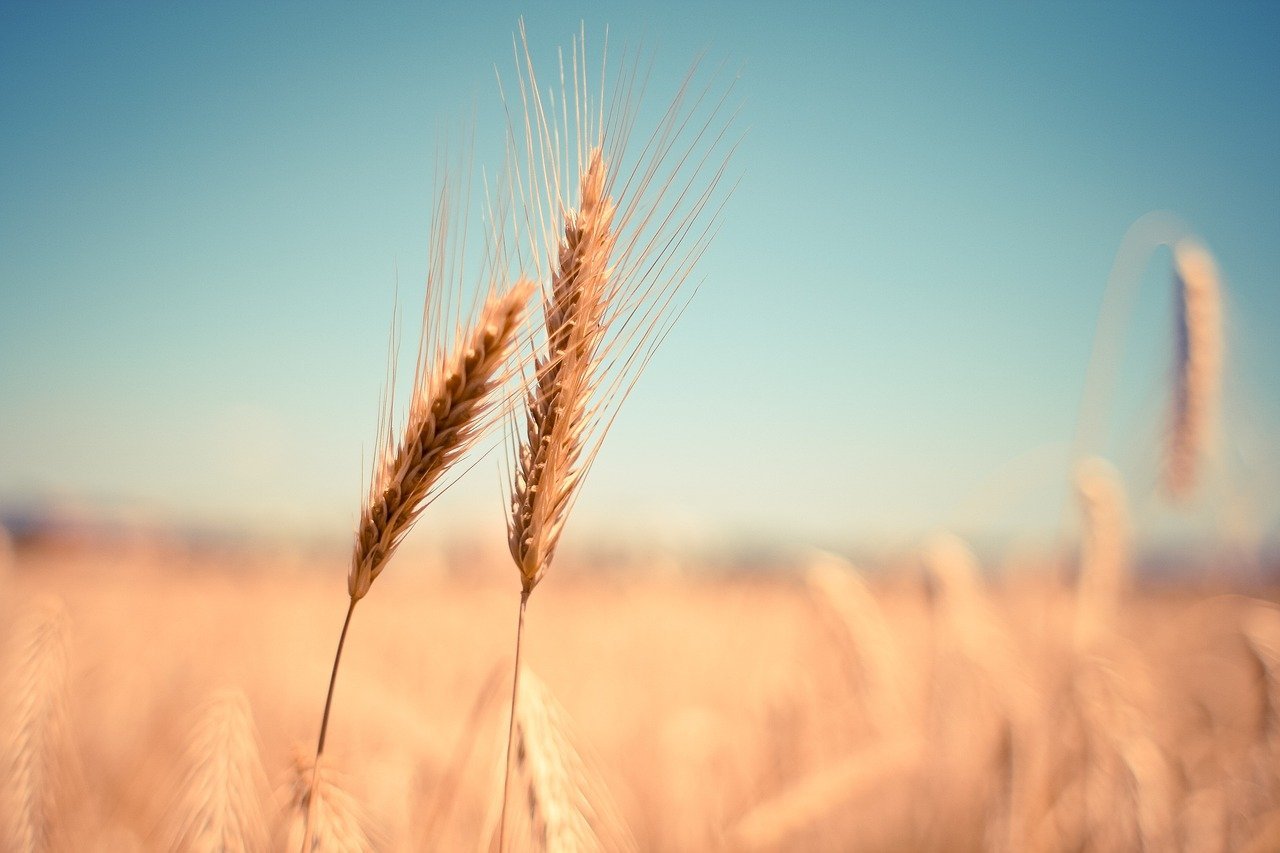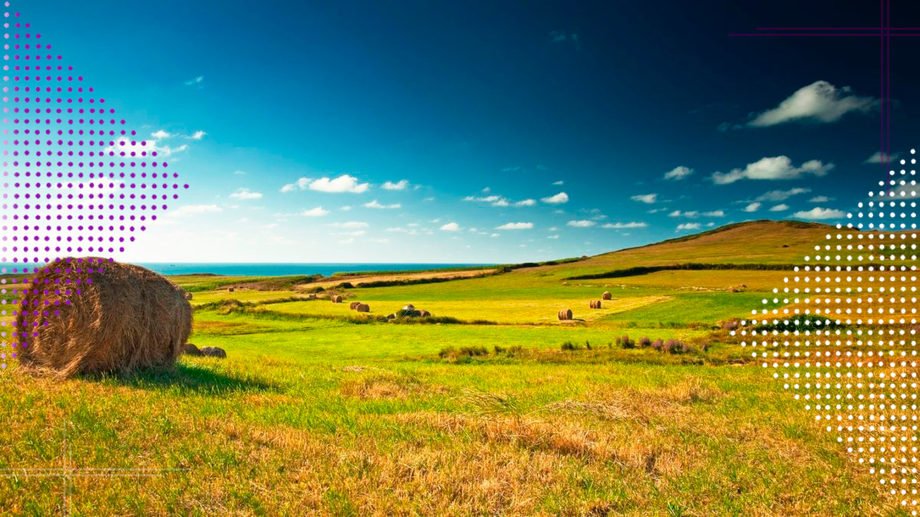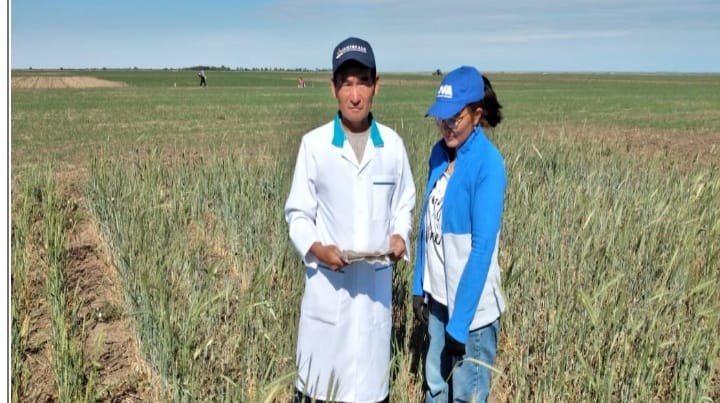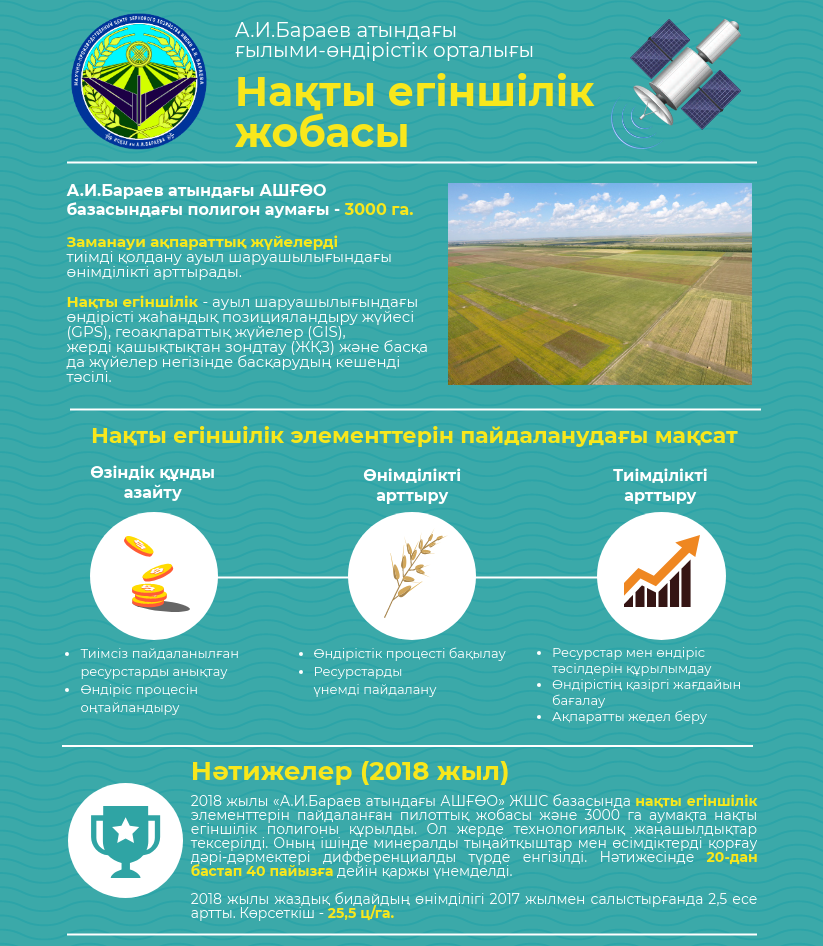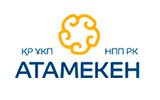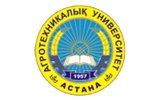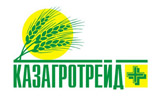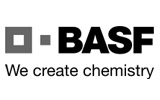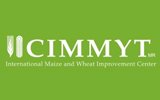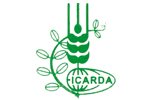Projects of young scientists in hand
Главная / News / Main news
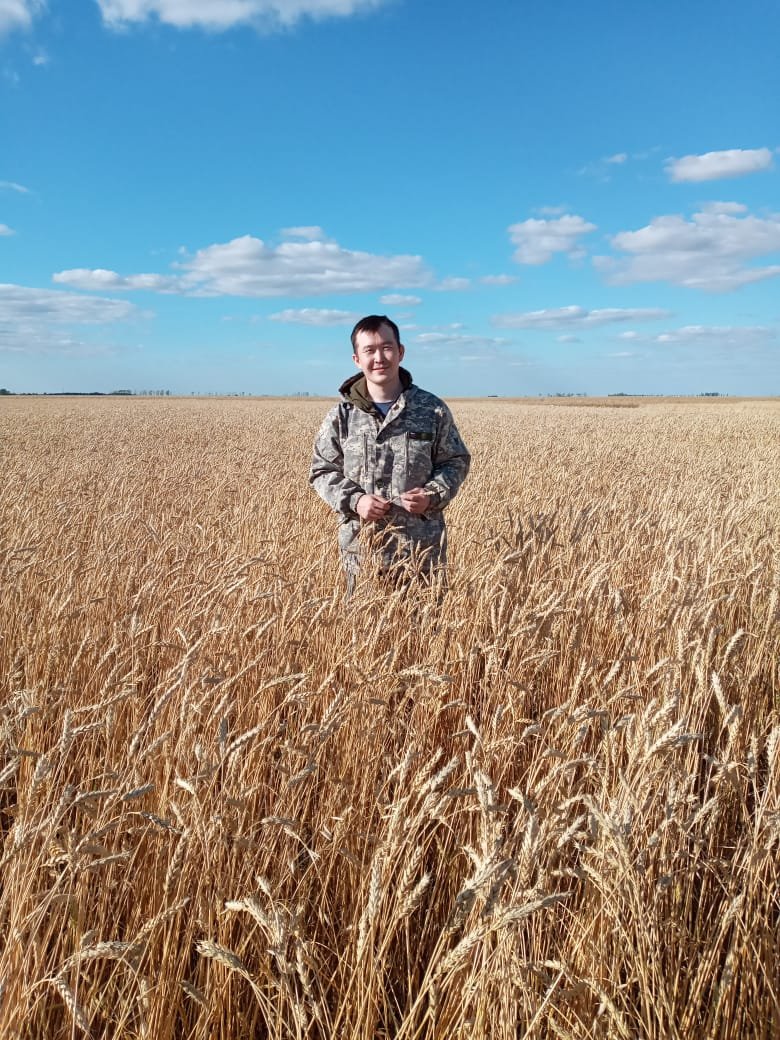
At the end of 2022, the Kazakh Agrotechnical Research University named after S. Seifullin announced a competition for internal grant financing of research works of young scientists of the University and affiliated organizations in the priority direction «Sustainable development of the agro-industrial complex and safety of agricultural products». Based on the results of the review, 4 projects of young scientists of our Center were approved for funding. This year, since February, they have started to fully implement their projects. We asked the head of one of these projects on the topic: «The use of remote sensing — vegetation indices — to increase the efficiency of the breeding process in the comparative study of the potential of cultivars of agricultural crops on the example of lentils» Zhanzakov Bakhtiyar Zhetpispaevich, a leading researcher at the Laboratory of Precision Farming, to tell us what they have done from this period to the present. Firstly, the young scientist notes that writing and managing a project is a good experience that is necessary for a young scientist. The choice of lentils as a culture of study was chosen for a reason, since the topic of the doctoral dissertation is related to lentils, its mineral nutrition and fertilizer. The experience gained earlier with lentils will allow you to interpret this or that result more correctly. However, the tested methods of assessing varietal samples are a novelty for the science of Kazakhstan, which required careful work on thematic sources of domestic and foreign authors on the use of remote sensing — vegetation indices in the breeding process. For the first six months within the framework of the project, an article was published in the journal «Bulletin of the Kazakh Research Agrotechnical University named after S.Seifullin» on the topic: «Zhasymyktyn „Viceroy“ sortyn azot tynaytyshtarynengizuge zhauap kaytaruy», sent for consideration to the editorial board of the journal AGRIVITA, Journal of Agricultural Science on the topic: «Assessment of structural components in the formation of productivity of different Lens culinaris varieties against the background of the use of mineral fertilizers». As for the practical side, the laboratory of precision farming does not maintain the same station, and the issues of lentil breeding are handled by the laboratory of legume breeding. Therefore, to carry out this project, the laboratory is working in collaboration with them. The staff of this laboratory superimposes multispectral aerial photography on the breeding crops of lentils, the NDVI results obtained will be combined with the results of the traditional evaluation of the breeding line. At the moment, soil samples have already been taken to a depth of up to 1 m, every 20 cm to determine the conditions of moistening and provision of soil with nutrients before sowing on May 16, 2023. To solve the tasks of the project, on May 17, 2023, the sowing of lentil varieties was carried out. Sowing was carried out with a seeder SSFC — 7 at the rate of 130 pieces of seeds/m2 of small and 100 pieces of seeds/m2 of large-seeded lentils, to a depth of 5-6 cm. The size of the plot is 2 m2 in 4-fold repetition. Also, the first multispectral survey was carried out on the emerging shoots on June 2 this year.
The details are presented in order to show how meticulously scientific research should be conducted in order to obtain reliable results.
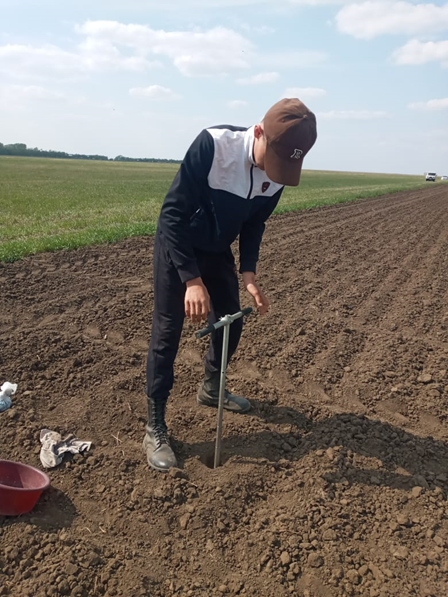
Figure 1 — Soil sampling to determine the moisture reserves in the soil and the availability of nutrients
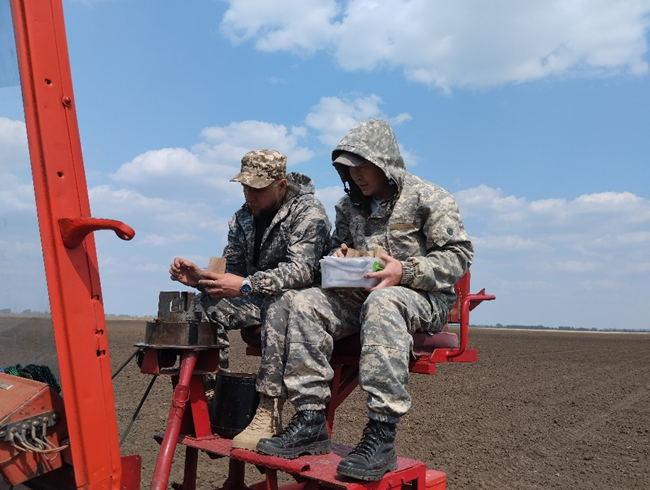
Figure 2 — Sowing of lentil varieties, May17, 2023
